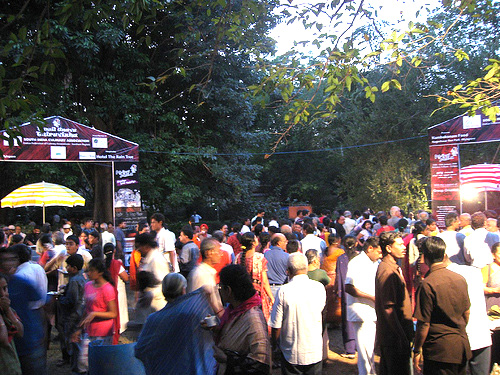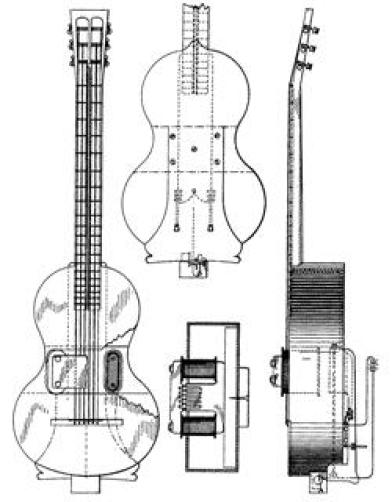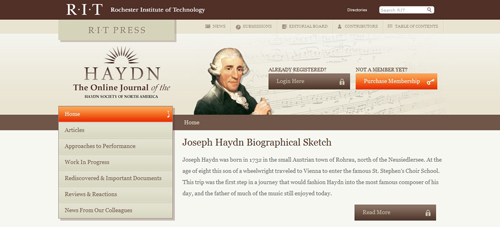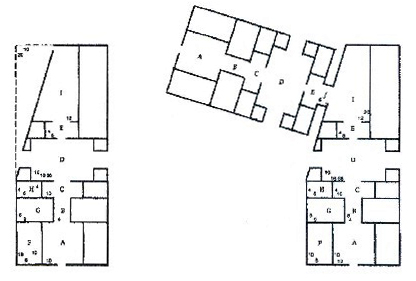The Tamil month of Mārkazhi (mid-December to mid-January) has been associated with Krishna since ancient times, and historical connections between that month and devotional music abound.
Against this traditional backdrop, in 1930 the newly founded Music Academy in Chennai (formerly Madras) began sponsoring an annual music and dance festival during that month. Over the years the festival has grown steadily in size; some music lovers call this winter whirlwind of activity “the mad mad Madras music season”.
This according to “The Madras music season: Its genesis” by Sriram Venkatakrishnan (writing under the pen name Sriram V; Sruti 225 [December 2005] pp. 19–24). For decades Sruti has published detailed reports on the season, providing a rich accumulation of data on its history and development. In addition, Venkatakrishnan has written retrospective reports for the magazine on the season in selected historical years.
Below, the Hyderabad Brothers perform during the 2019 music season.
Related articles:














